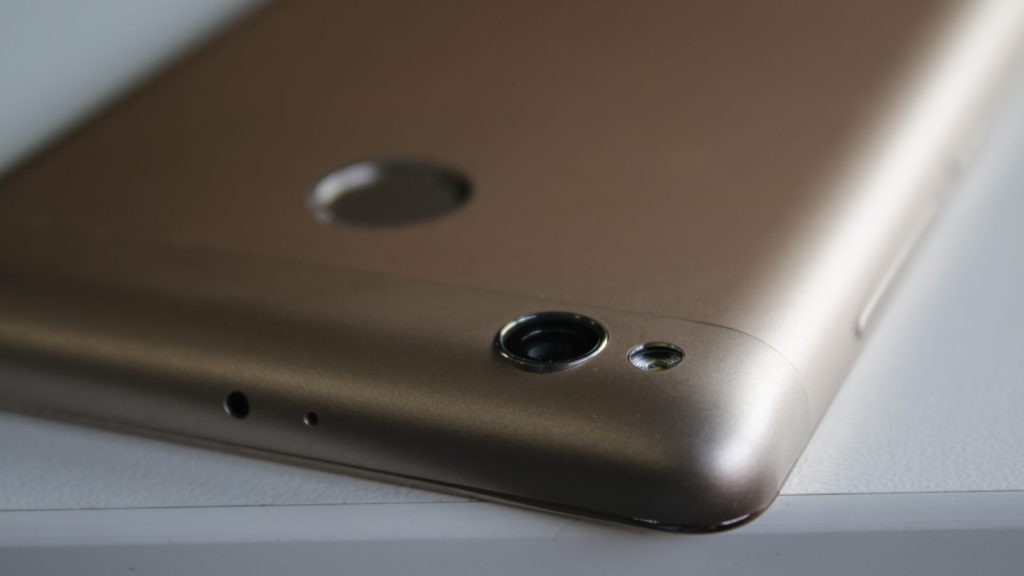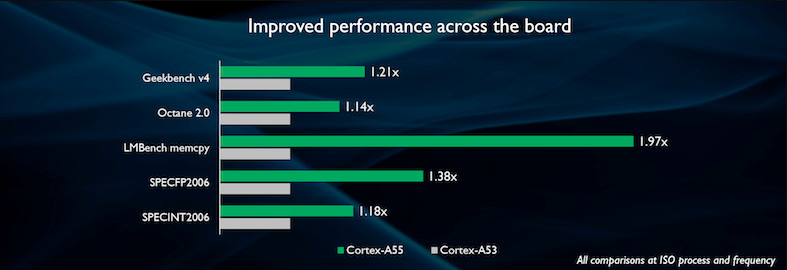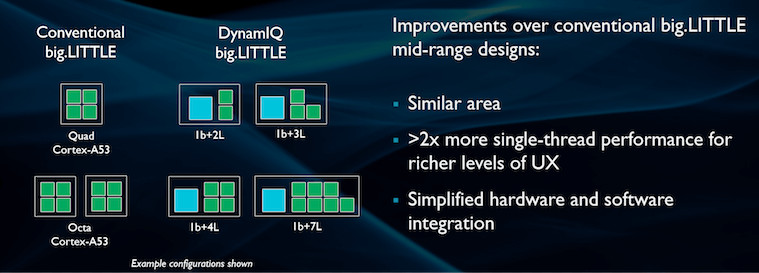New Hope School, a beacon of hope and education for children with special needs in Pretoria, is set to receive a generous donation of…
Expect a massive leap for 2018’s budget smartphones

We’ve already reported on ARM’s new CPU cores, with the A75 core tipped to power 2018’s flagship phones, while the graphics department also gets an update.
However, the UK chip designer is also preparing to deliver what could be the biggest change to budget smartphones in quite some time.
The A55 core brings a long-overdue upgrade
ARM’s heavy-lifting cores, used in many a flagship chip, have enjoyed regular upgrades, going from the A57, to the A72 to the current A73 core. But the new A55 marks the first time in three years that we’ve seen an upgrade to the designer’s lightweight/budget cores. So we’re finally seeing the gap between heavy and light cores close a little, after several years of it widening.
ARM is claiming “up to 18% more performance at 15% better power efficiency”, ostensibly being a best case scenario. In other words, you can reasonably expect better performance at a lower cost to your battery life anyway.
And you can’t underestimate the impact that this new core might have, especially when you consider how many manufacturers used the previous silicon. In fact, it’s easier to name brands who haven’t used the A53 CPU cores, such as Apple, Samsung (although their budget phones use these cores) and Qualcomm‘s recent flagship chips.
TL;DR: Budget manufacturers stand to gain a solid amount of performance and battery life thanks to this long-overdue core upgrade.
A fundamental change in core layout is upon us
So we already know that ARM’s A55 core will deliver a welcome upgrade over the A53 core used in every budget phone. But quite possibly one of the biggest tidbits is that ARM’s new cores will also allow for drastically different core arrangements.
Generally speaking, manufacturers can (and do) mix high-powered cores with low-powered cores, such as four of each in Huawei’s Kirin 950. Then there’s Qualcomm, using two high-powered cores (A72/A73) and four power-efficient cores (A53) in the Snapdragon 650. Until now, manufacturers were limited to mixing pairs of cores though.
Now, ARM has confirmed that manufacturers can opt for just one high-powered core (instead of two or four), leading to arrangements such as one high-powered core and three low-powered cores, or one and seven respectively.
The arrangement could potentially result in budget handsets taking an even bigger step up in power. Previously, budget manufacturers wanting a solid amount of power had to either opt for an octacore A53 chip, skipping out entirely on heavyweight cores. The other solutions were slightly more expensive, as manufacturers have to opt for the Snapdragon 650 (featuring two heavy cores and four lightweight cores), the Snapdragon 652 (4+4) or one of MediaTek’s 10-core chips (2+4+4).
The introduction of a 1+3 or 1+7 arrangement means that manufacturers have more options in terms of the all-important price/performance ratio. After all, low-powered cores are pretty powerful these days, but one heavyweight core can still make a big difference for tasks like VR.
When you combine these more flexible chip layouts with the all-new lightweight core, it means that 2018’s budget smartphones could potentially blow all previous budget handsets out of the water.
Need to make sense of all this CPU core nonsense? Then read our beginner’s guide to smartphone jargon here.



